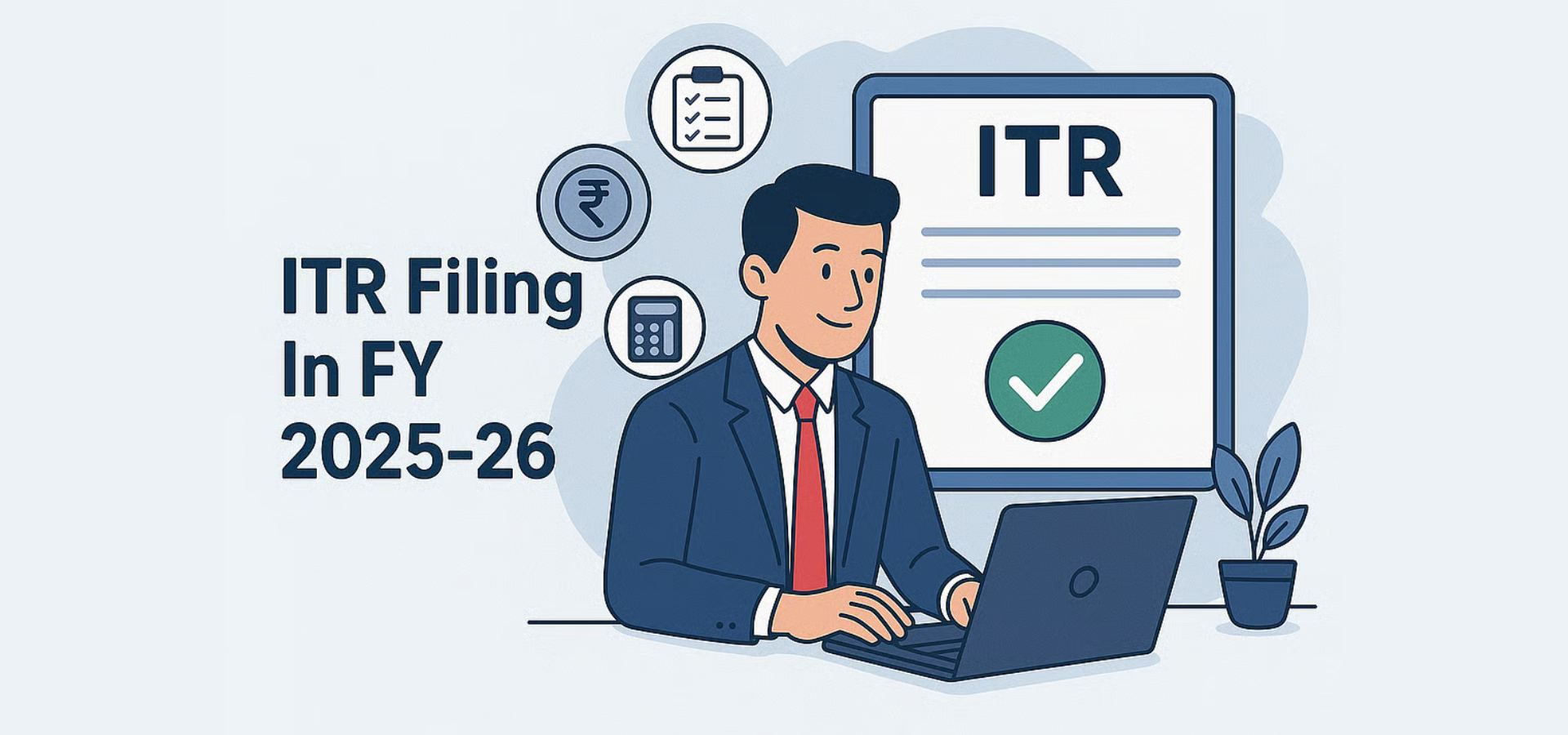
Top Financial Red Flags Every Business Owner Should Watch For
Running a business in India is no small feat. With compliance requirements, tax rules, and a rapidly changing market, keeping an eye on your financial health is not just smart—it’s necessary.
But how do you know if your business is heading into trouble?
Let’s dive into the top financial red flags that every Indian business owner should watch out for. Whether you’re running a startup, SME, or a growing enterprise, this guide is your early warning system.
1. Consistent Cash Flow Problems
Why it’s a red flag:
Cash flow is the lifeblood of any business. If you’re constantly struggling to pay vendors, salaries, or taxes, something deeper might be wrong.
Watch out for:
- Delayed receivables from clients
- High credit sales without proper recovery
- Cash burn rate exceeding projections
My CA India tip:
Use tools like Tally, Zoho Books, or Vyapar to track cash flow in real-time. Also, check your GST returns (GSTR-3B) regularly to compare outward tax liability with inward credit to detect mismatches.
2. Poor or Irregular Financial Statements
Why it’s a red flag:
If you’re not reviewing your Profit & Loss statement, Balance Sheet, and Cash Flow regularly, you’re flying blind.
Watch out for:
- Incomplete bookkeeping
- Delays in monthly closings
- No bank reconciliation done
My CA India tip:
According to the Companies Act, 2013, all companies must maintain books of accounts for 8 years and have them audited annually. Even if you’re an LLP or partnership, Section 44AB of the Income Tax Act may require you to audit if your turnover exceeds ₹1 crore (₹10 crore for digital transactions).
3. Rising Debts and EMI Defaults
Why it’s a red flag:
Loans can be helpful, but if repayments are eating into your cash flow or you’re defaulting, you risk your credit rating—and credibility.
Watch out for:
- Missed EMIs or bounced cheques
- High-interest short-term borrowings
- Loans taken to repay other loans (debt cycling)
My CA India tip:
Monitor your CIBIL score and check your banking partner’s debt servicing ratio. NBFCs and banks in India report delayed payments quickly, which can hurt future funding.
4. Inventory Mismanagement
Why it’s a red flag:
Too much stock? You’re tying up capital. Too little? You’re losing sales. Poor inventory turnover affects cash and profits.
Watch out for:
- High stock that’s not moving (slow-moving or obsolete)
- Discrepancies between physical and recorded inventory
- No periodic stock audits
My CA India tip:
Under GST regulations, accurate inventory reporting affects your input tax credit (ITC). Use tech like Godamwale, Marg ERP, or Zoho Inventory to streamline tracking.
5. Non-Compliance with Tax or Regulatory Requirements
Why it’s a red flag:
Penalties, interest, and legal troubles await non-compliant businesses. Non-filing or late filing of returns is often the first sign of financial distress.
Watch out for:
- Delayed or missed GST, TDS, PF/ESIC, or income tax filings
- Outstanding notices from MCA or Income Tax Dept
- Lack of internal or statutory audits
My CA India tip:
Use the GST portal, TRACES, and MCA21 to regularly check compliance status. Small mistakes can cost big money!
6. Declining Profit Margins
Why it’s a red flag:
Even if your revenue is growing, shrinking margins mean something’s leaking—be it in cost, pricing, or operations.
Watch out for:
- Increased cost of goods sold (COGS)
- Poor vendor negotiation
- Pricing that doesn’t reflect inflation or market rates
My CA India tip:
Do a unit economics breakdown. Include variable costs like freight (with GST impact), warehousing, and raw material inflation (especially in MSME manufacturing).
7. Employee Attrition or Delayed Salaries
Why it’s a red flag:
Your employees are your first insiders. If they’re leaving, complaining, or you’re delaying salaries, morale and brand both suffer.
Watch out for:
- Increased resignations without replacements
- Unpaid PF contributions (tracked under EPFO and flagged to employees)
- High reliance on freelancers or temporary staff due to cost-cutting
My CA India tip:
Under Indian labour laws, especially post-Code on Wages 2019, salary delays beyond due dates can invite legal action and penalties.
8. Unexplained Expenses or Poor Internal Controls
Why it’s a red flag:
Leakages often happen silently—small but frequent misuse of funds, fraud, or lack of oversight.
Watch out for:
- Frequent “miscellaneous” entries
- Lack of approval workflow for expenses
- Missing bills or duplicate payments
My CA India tip:
Implement a Maker-Checker system. If you’re using UPI or credit cards, reconcile them with accounting entries using automation tools.
Final Thoughts: Be Proactive, Not Reactive
Catching these red flags early gives you the power to pivot, adjust, and grow. Financial distress rarely happens overnight—it builds up slowly. Regular audits, budgeting, and using the right tech tools can give you a 360° view of your business health.
Action Tip: Set a quarterly financial review meeting (even if you’re a solo founder). Track KPIs like working capital, debt-to-equity ratio, and profit margin.
| Purpose | Recommended Tools |
|---|---|
| Accounting | Tally, Zoho Books, QuickBooks India |
| GST Filing | ClearTax, RazorGST, GSTHero |
| Payroll & HR | Keka, GreytHR |
| Inventory | Marg ERP, Zoho Inventory |
| Compliance | MCA21 Portal, CAClubIndia, LegalDesk |








